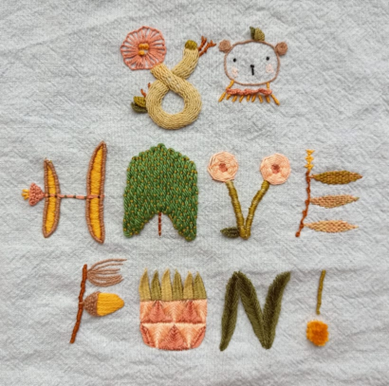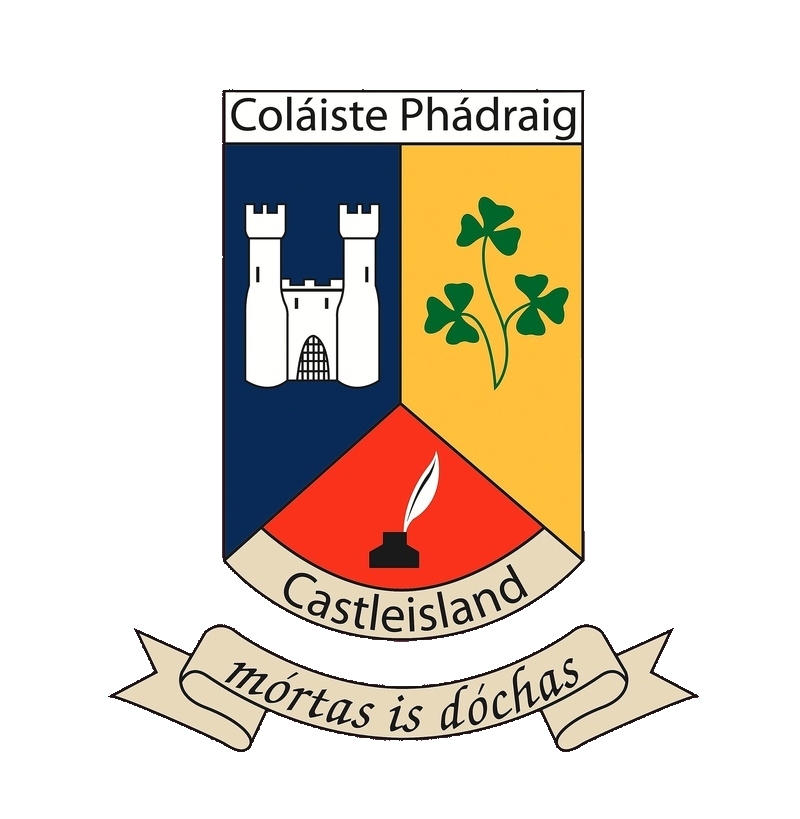Visual Art
What is Visual Art?
Visual Art at Junior Cycle is a subject that promotes teaching and learning through art, craft and design. Making art develops the learner’s imagination through developing an idea or concept and allows them to exercise personal responsibility for specific tasks. Visual Art also recognises and rewards a number of different forms of intelligence and promotes divergent thinking and develops the learner’s ability to interpret, make judgements and express opinions on a work. It also promotes respect for the work and the opinions of others.
The qualities that Visual Art develops in students are crucial components of a holistic education, such as creativity, critical judgement, working with others or working individually, providing and receiving constructive criticism, and respecting differences.
What will I learn in Visual Art?
Visual Art provides the learner with a space within which it is safe to experiment, to fail and to learn. It allows learners to collaborate on ideas and work and gives students the capacity to understand and to express ideas, feelings and opinions: both their own and those of others.
These attributes are exercised through conceptual and practical mediums such as paint, print, sculpture, ceramics, modelling, casting, photography, animation and many other traditional and contemporary art forms.

Visual Art has 3 interconnected strands
| Art | Craft | Design |
| Art or fine art, is the expression of creative skill in a visual format. It emphasises ideas, feelings and visual qualities through imaginative and/or technical skill. Apart from the creation of artworks, fine art also encompasses the study of art through appreciation and critical discussion. | Craft is the application of a range of particular artistic skills and knowledge to produce artefacts of aesthetic worth. With an emphasis on processes and materials, the artefacts created may represent either traditional crafts or a more individual approach by the craftsperson. | Design is the process of planning, problem-solving and creating. It can be a response to a brief, a need or a situation. Emphasising the process of planning, problem-solving and completion, with drawing as a means of thinking, formal visual elements and imagery are used to communicate messages and ideas. |
How will I learn Visual Art in school?
We offer Visual Art as part of a collaboration with Presentation Secondary School Castleisland. This gives students the opportunity to study Visual Art and Art to Leaving Certificate in a mixed classroom setting.

What is assessment for Visual Art in Junior Cycle?
In 2nd year students will complete a Classroom based assessment 1 (From Process to Realisation) and this will run over 1 6-8 week period.
In 3rd year students will complete Classroom based assessment 2 (Communicate and Reflect) and this will run up to when students will begin working on their final SEC assessment brief.
The final examination (in 3rd year) leads on from CBA2. Students use feedback and advice to develop two finished pieces.
Will Visual Art be very different after the Junior Cycle?
Visual Art leads directly onto Art. The skills developed in Visual Art are very beneficial for Design and Communication Graphics (DCG) which we offer in the school.
